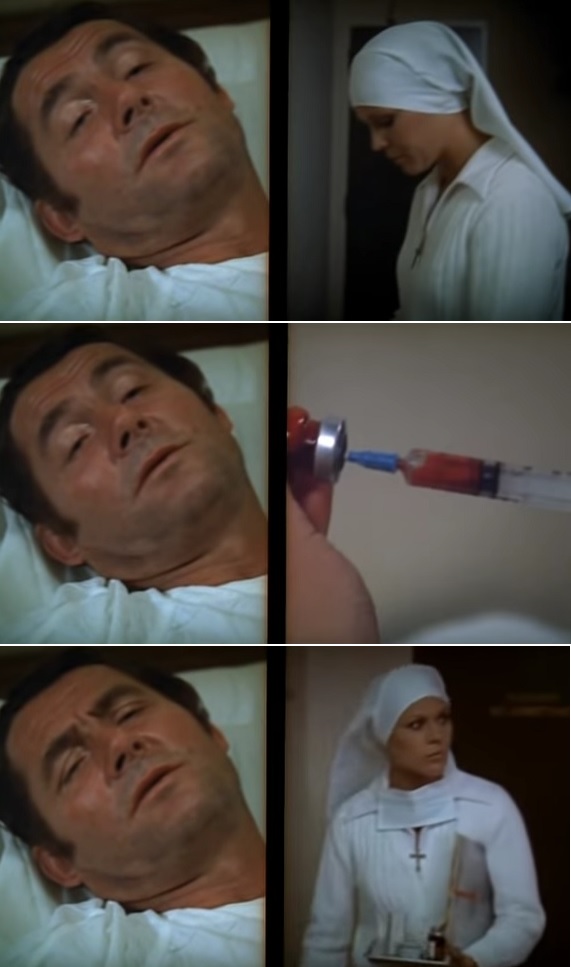, which will be released on December 13th, include a "new 2022 4K scan of the original camera negative," as well as a new audio commentary track with
. Aisenberg's book was
, although that edition has long been out of print. A modified excerpt from the book can be read at
. One other new bonus feature of Scream's new
-Flashback-
Tuesday, March 27, 2012
'CARRIE' PAPERBACK ON SALE AT CENTIPEDE PRESS

Joe Aisenberg's in-depth study of Brian De Palma's Carrie is a must-read, must-have for any De Palma fan. As I reported before, the book features extensive interviews with De Palma and Cohen that alone would be a must for De Palma fans, but Aisenberg's deep analysis into every shot of Carrie makes the book a joy to read. Aisenberg has read just about everything written about Carrie, and offers a critical look at those writings, while also gleaning from them useful perspectives on the film. He offers an exhaustive account of Stephen King's conceptualization of and writing of his original novel, as well as King's alternating views of Carrie (both book and film) throughout the years.
This naturally leads into a chapter on how the movie was made from the novel, with Cohen and De Palma providing key details, such as how producer Paul Monash had originally hired a young woman (no one seems to recall her name) to write the screenplay. After her first draft made Monash very nervous (because, as Cohen says in the interview, "it just wasn't good"), Cohen, having loved King's book and having a very strong idea about what the film of it should be, went on a three-week marathon in which he did nothing but eat, drink, and sleep Carrie. There is also a well-considered background on De Palma leading up to the making of Carrie, even quoting the interview De Palma did with the now-defunct web site "Le Paradis de Brian De Palma" to illustrate what Aisenberg calls "a rare romantic insight into De Palma's notion of film":
"The great movies that I remember are the ones that went right into my subconscious, and I don't know why they obsess me, or why I keep thinking about them, or why in a postmodern way I keep trying to recreate them, like Vertigo, for instance. It's just something that's inexplicable. These images have taken seed in your subconscious, and you can't get them the hell out... There are a few great directors that have been able to do it, and that's why we never forget those movies. Aisenberg allows insights such as this to color his analysis of Carrie throughout the study.
These initial chapters are well-researched and fascinating, and then the book really takes off when Aisenberg begins his scene-by-scene analysis, illustrated with black-and-white frames from the film itself. Incorporating an author interview with Betty Buckley in addition to the others mentioned, Aisenberg weaves his research in with the fabric of his analysis, producing a text that is as entertaining as it is insightful. Aisenberg deftly illustrates how the opening volleyball scene establishes Carrie’s theme of competition, which is presented most prominently by the film’s ongoing juxtapositions between Sue and Chris, but also between Margaret and Miss Collins, with Carrie (and, perhaps, “the boys”) stuck in the middle. Like the film itself, Aisenberg keeps moving forward, stopping to consider moments such as when Sue walks into the background of the scene in which Margaret pays a visit to Sue’s mother, and giving that moment just the right touch of curious investigation before linking the scene directly to Orson Wells’ Citizen Kane:
As Mrs. Snell hands over a contribution of ten dollars to be done with Margaret, which clearly annoys the religious woman, a further visual detail complicates the dramatic tension. Through the doorway behind them beyond the pink hallway where Mrs. Snell answered the phone is a sliver of another doorframe (frames-within-frames [Aisenberg highlights these throughout]) in which Sue appears and silently hovers. While most films would probably cut around at this point to make all the characters’ stakes obvious, De Palma expertly stages things on the cheap so that viewers can connect the dramatic dots between things for themselves, imparting to Sue hints of guilty feeling that will shortly lead her to atone for her actions.
When I asked De Palma about this scene, as well as other moments in which he makes use of background and foreground actions, or places things independent of one another on the left- and right-hand sides of the screen, De Palma described the effect in musical terms as “contrapuntal,” with roots in the deep-focus arrangements of Citizen Kane, a film that also lets scenes run on without too many cuts. Indeed, the staging here recalls an early moment in Kane specifically, wherein little Charles’s mother transfers legal custody of the boy to a lawyer. Up front, Kane’s mother (Agnes Moorehead) sits at a table signing over guardianship of the boy to her cold attorney, despite her husband’s protest, while deep in the background, through a window, the boy can clearly be seen playing in the snow enjoying a childhood which has already slipped away. Carrie reverses the terms: the child figure hidden in the faraway depths of the frame is the guilty party, while those near at hand are still “innocent” of life-changing events that have taken place (thus Sue’s image is appropriately blurred and ambiguous).
Later on, in his analysis of the prom scene, Aisenberg lays out very nicely Carrie’s deliberate echoes of David Lean’s The Bridge On The River Kwai, and elsewhere delves into the film’s inspirations from John Boorman’s Deliverance and Akira Kurosawa’s Throne Of Blood. Regarding the moment of shock just after the pig’s blood spills over Carrie, and the film shows Carrie’s viewpoint in a kaleidoscope effect, Aisenberg states that it recalls “some of the overdone visual distortions and expressionistic devices of silent movies, such as in F.W. Murnau’s The Last Laugh (1924), whose themes, incidentally, parallel Carrie’s enough to compare them, I think.” Aisenberg also compares this moment in Carrie to a similar subjective visualization of shock from the 1958 version of The Fly.
I stated above that Aisenberg has read just about everything related to Carrie, and, well, he has listened to just about everything, too. The book includes bits of information throughout from the very rare Criterion laserdisc edition of Carrie, which included audio commentary by Cohen and Laurent Bouzereau. At one point, Aisenberg also serves up a quote from a recent Raising Cain-focused episode of the online radio show Movie Geeks United, in which editor Paul Hirsch discusses the music for the final dream sequence of Carrie:
The temp score for the nightmare was Albinoni’s Adagio for Organ and Strings, which was the saddest music I could find for Amy Irving laying the flowers on Carrie’s grave. And then I found a deliberately arrhythmic moment. I mean I lined the music so there was an arrhythmic moment when the hand shoots up out of the ground, and for that I used the main title from Sisters, which starts with an anvil strike, a sharp metallic sound just at the moment when the first rock is dislodged, you know, starts to move, and the hand comes shooting out. So you have this soft sweet, sad organ and strings interrupted at a very unexpected moment by a loud anvil strike guaranteed to startle anyone. So Pino [Donaggio] just copied that.
Aisenberg’s Carrie expertise makes for an eye-opening book, and provides a necessary credibility when he goes for the gusto and declares that both De Palma and Hirsch are wrong when they insist that the split-screen section at the prom does not work. “The scene is thrilling, marvelously realized,” states Aisenberg, adding that “the use of split-screen serves several purposes.” After quoting De Palma explaining his original rationale for conceiving the sequence in split-screen as a way to avoid simply cutting from Carrie to things moving around, Aisenberg explains why he thinks the sequence works so well:
Indeed, [De Palma’s] solution seems an ingenious way to dramatize Carrie’s power in action—she looks here, she looks there, and on the other side of the screen objects do her bidding. The effect is heightened by the stunning way Carrie’s face, at one point, slides from the right side of the screen to the left. De Palma’s frames and expertly montaged juxtapositions throughout the movie suggest irrational lines of influence hard at work between things; the split-screen liberalizes it. Also, from a practical point of view, this device makes the most of relatively little in the way of special effects-induced chaos, since all that’s really happening during the first part of the sequence is that the lights change and a fire extinguisher hose stands up like a penis-snake and starts spraying everybody. As with the volleyball game, where a single unbroken take was employed by the director so that the audience could see it being played in real time, De Palma may have instinctually hoped that by combining as many images on screen as possible he could trick viewers into thinking they were seeing al the destruction happen before their eyes.
Split-screen has stylistic-thematic significance as well. Throughout the film characters have been shown acting on several contradictory levels in bifocal shots, that oppose but mirror one another. Once the split perspectives come together in Carrie’s ultimate degradation, the traumatic force literally breaks the image itself in half, and a new doubling of the viewer’s experience sets in. The audience sees exactly how Carrie is misperceiving the situation in her crazed state, believing there to be a much bigger conspiracy at work than there really was—one including everybody, even Miss Collins.
Other tidbits from the book's De Palma interview include: a brief discussion about the two songs written for the film, one of which producer Paul Monash (whose wife wrote the lyrics to both) wanted to run over the opening credits (De Palma says he fought tooth and nail against that); De Palma switching cinematographers after initial filming around the school because he did not like the way Isador Mankofsky was lighting the girls (De Palma didn't like the way they looked); and how after figuring out how Margaret would be killed, they decided to go back and shoot scenes of Carrie in the closet, for which set designer Jack Fisk created the haunting Saint Sebastion figure "with all the arrows in it."
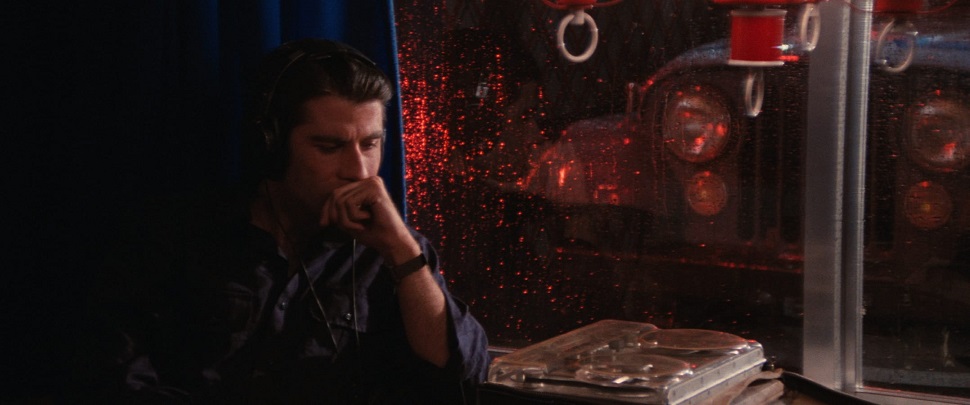




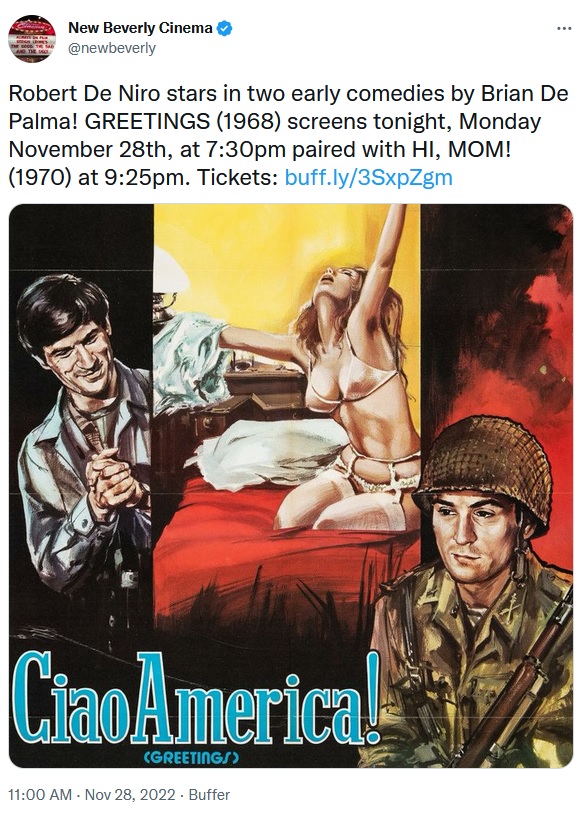
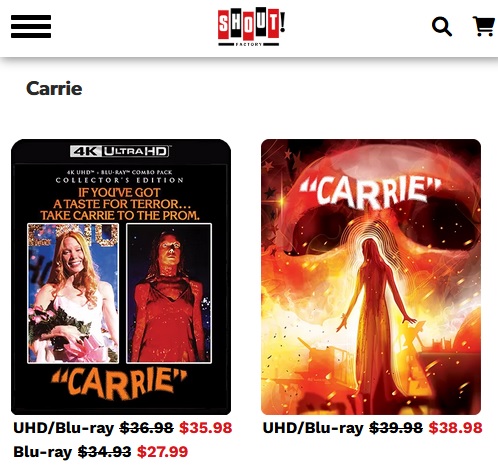

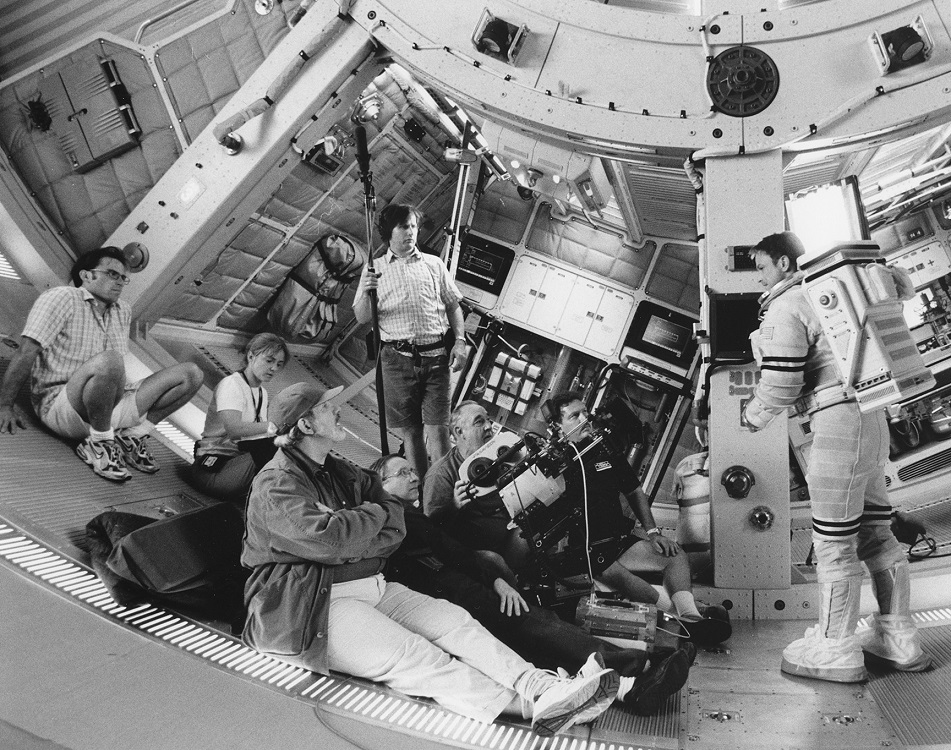
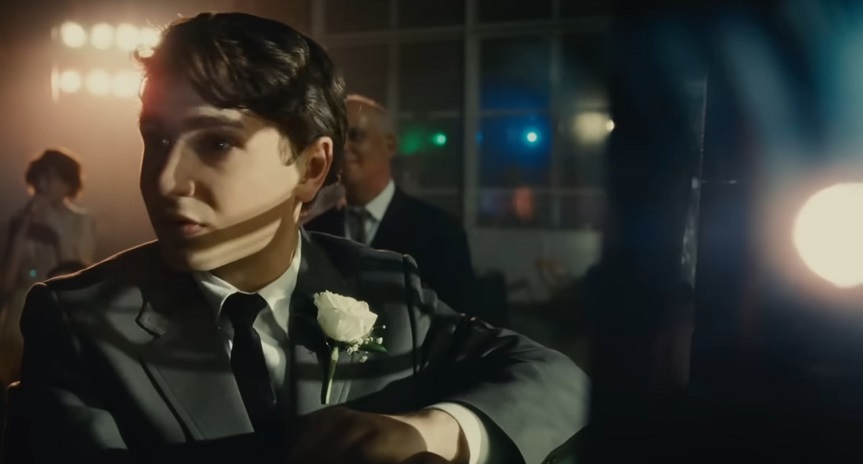

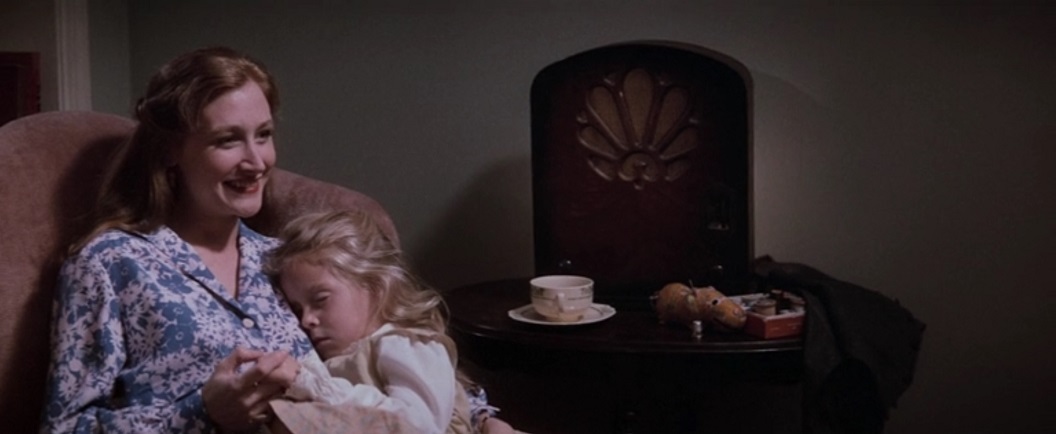
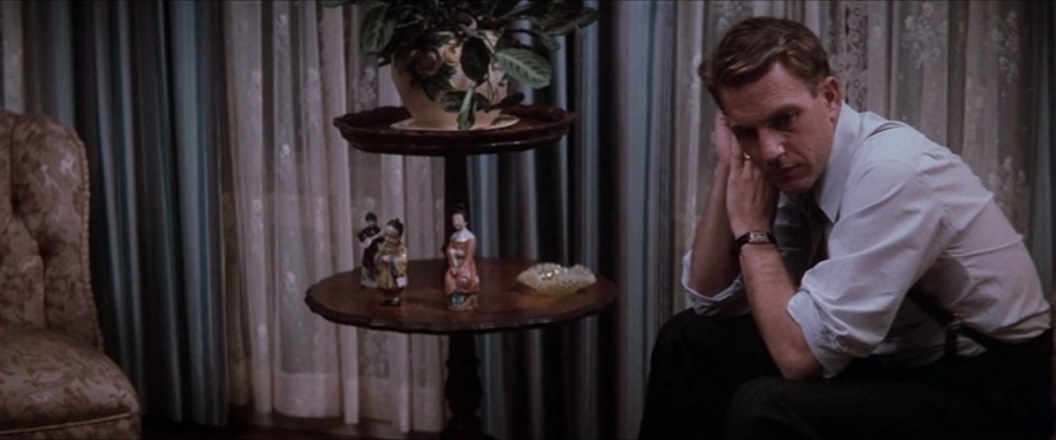
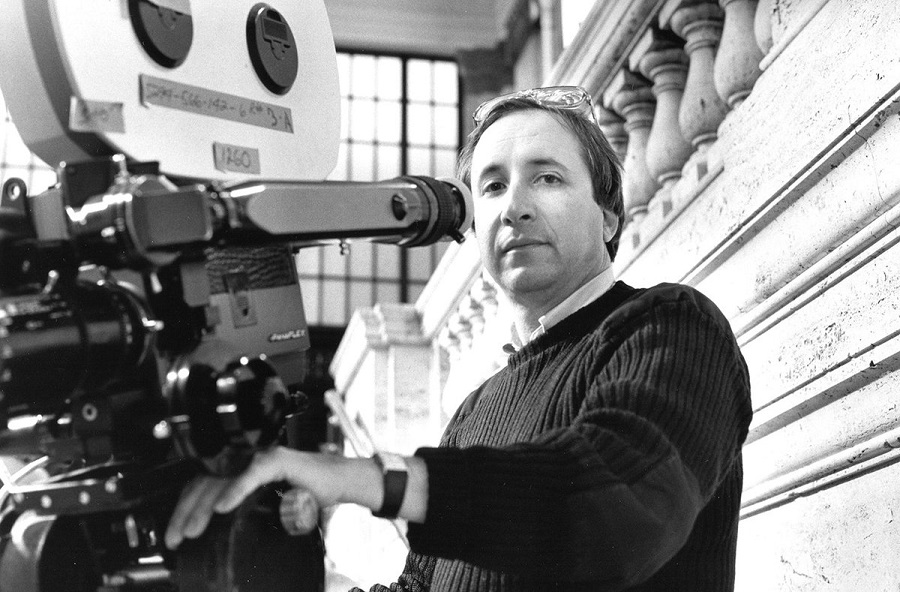
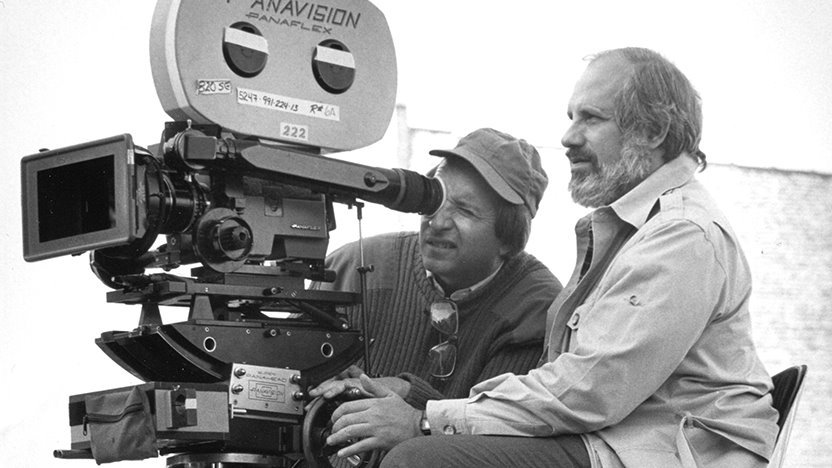
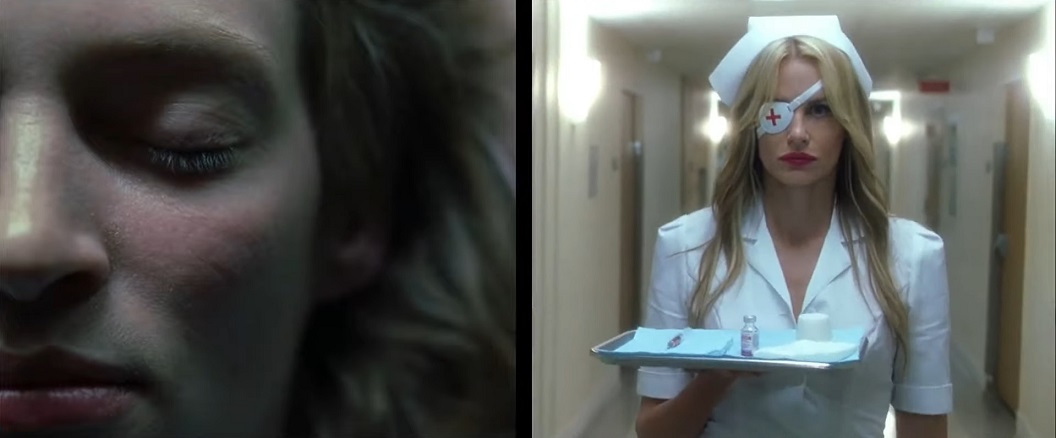
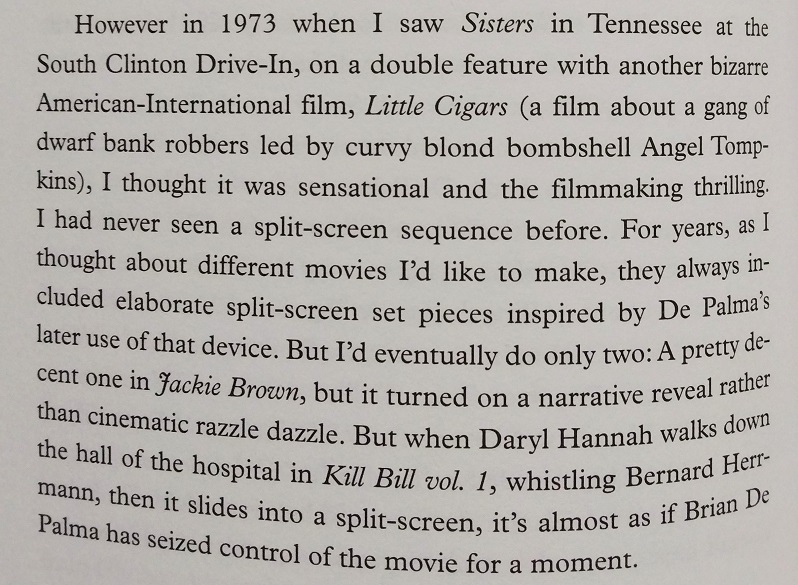
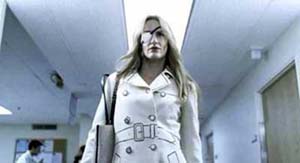 It seemed logical that the split-screen sequence in Quentin Tarantino's Kill Bill Vol. 1, where Daryl Hannah dons a nurse's uniform and whistles a Bernard Herrmann melody while carrying a deadly syringe down a hospital corridor, was inspired in great part by a combination of Brian De Palma's Sisters and Dressed To Kill. On the new DVD release of the film, Tarantino even calls it his
It seemed logical that the split-screen sequence in Quentin Tarantino's Kill Bill Vol. 1, where Daryl Hannah dons a nurse's uniform and whistles a Bernard Herrmann melody while carrying a deadly syringe down a hospital corridor, was inspired in great part by a combination of Brian De Palma's Sisters and Dressed To Kill. On the new DVD release of the film, Tarantino even calls it his 